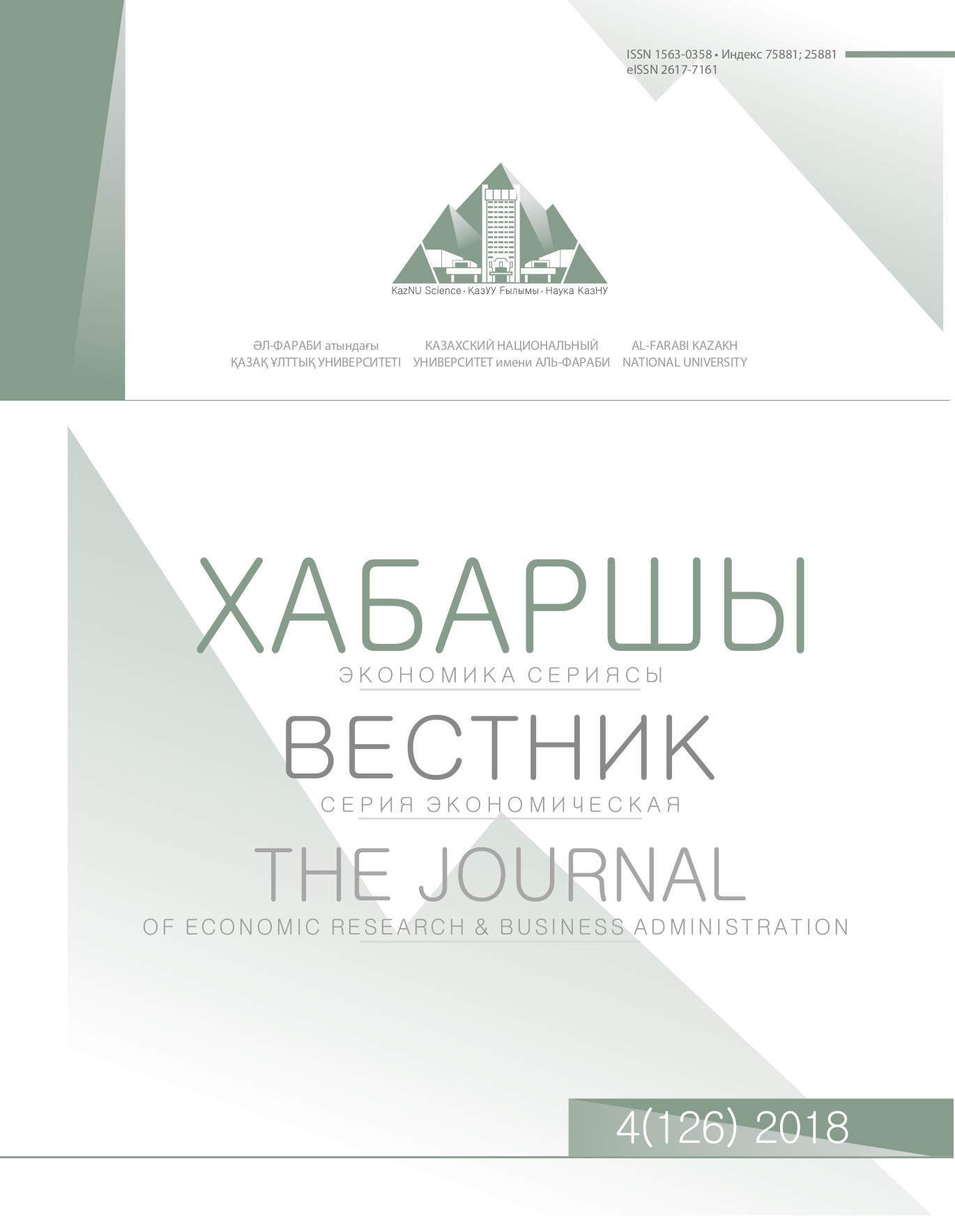GRAPHIC METHOD FOR MODELING MATERIAL FLOWS IN SUPPLY CHAINS
Abstract
Estimation and optimization of material flows is one of the pivotal tasks in supply chain management. In order to solve it, various analytical and simulation models are utilized, and for each specific type of model, both advantages and disadvantages are known. For analytical models, the compactness of the outlook and universality of application are characteristic, however they usually reflect many real processes in real supply chains very approximately. Additionally, almost all analytical models are static, namely they do not display the dynamics of processes in time. In simulation models, on contrary, real processes may be displayed as detailed as it is desired. However, the development and use of such models is combination with large expenses in time and financial resources. This paper reports on a class of dynamic models for processes in supply chains with material flows and stock levels are displayed as so-called Quantity-Time Diagrams (QTD). Such diagrams are used not only for graphical display of actual or planned processes, but also for the numerical calculation of new processes considering data on related processes, the characteristics of which are assumed to be specified. QTD-based models reflect the dynamics of processes in supply chains, but their development and use are distinguished by significantly lower costs in comparison with those that are typical to work with simulation models.




